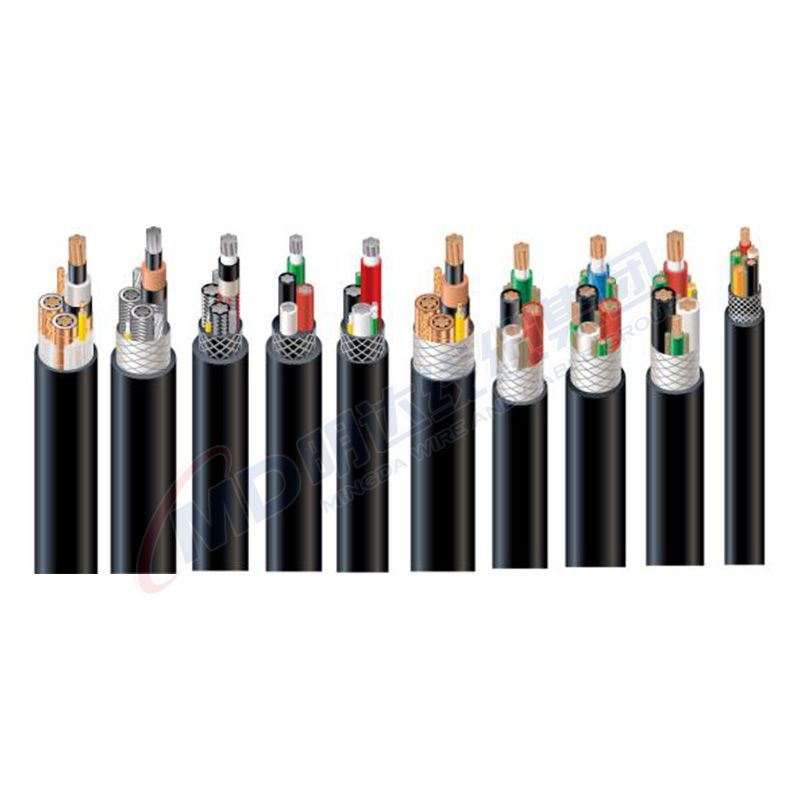10 月 . 02, 2024 15:08 Back to list
Durable Cast Iron Foot Valve for Efficient Water Control and Drainage Solutions
Cast Iron Foot Valve An Essential Component for Fluid Management
In the realm of fluid management systems, cast iron foot valves play a pivotal role in ensuring the efficient and uninterrupted flow of liquids. These valves, which are typically installed at the bottom of a suction line, are designed to control the inflow of water or other liquids into a pump while preventing backflow. Their robust construction and reliable performance make them a preferred choice in various industrial applications, including irrigation, municipal water systems, and manufacturing processes.
Structure and Design
A cast iron foot valve is characterized by its durable construction, primarily made from cast iron, which is known for its strength and resilience. This material is capable of withstanding high pressure and harsh environmental conditions, making it suitable for outdoor applications. The valve is equipped with a strainer, which helps prevent debris and large particles from entering the pump system, thereby safeguarding the integrity of the equipment and ensuring smooth operation.
One of the key features of a foot valve is its design that incorporates a flapper or disc mechanism. This allows the valve to open when the pump is running, facilitating the inflow of liquid. Once the pump is turned off, the flapper closes tightly, preventing any backflow. This feature is crucial in maintaining the prime of the pump, which refers to the pump's ability to draw liquid without the need for re-priming.
Applications
Foot valves are particularly essential in applications where liquid needs to be drawn from a well or a reservoir. They are commonly used in agricultural irrigation systems, where water must be efficiently transported from a surface or underground source to crops. In municipal water systems, foot valves ensure a continuous supply of water, preventing interruptions that could affect households and businesses.
cast iron foot valve

In industrial settings, cast iron foot valves are employed in various processes that require the transfer of liquids, including chemical manufacturing, wastewater treatment, and cooling systems
. Their reliability and resistance to corrosion due to the cast iron material make them an integral component in these operations.Advantages
The advantages of using cast iron foot valves are numerous. First and foremost, their robust construction ensures a long lifespan, reducing the need for frequent replacements and maintenance. This not only leads to cost savings but also minimizes downtime in critical operations.
Moreover, the ability to prevent backflow is vital in maintaining fluid levels and pressure within a system. This function helps in avoiding cavitation and other issues that can arise from inconsistent fluid flow, which can lead to damage to pumps and other equipment.
Additionally, cast iron foot valves are designed to handle a wide range of temperatures and pressures, making them versatile for various applications. Their ease of installation and compatibility with standard piping systems further enhance their appeal.
Conclusion
In summary, cast iron foot valves are an essential component in fluid management systems, providing reliability and efficiency in various applications. Their durable construction, functional design, and ability to prevent backflow make them indispensable in both agricultural and industrial settings. As industries continue to evolve, the significance of cast iron foot valves in ensuring effective liquid transfer will remain integral to maintaining operational efficiency and safeguarding critical equipment. Investing in a high-quality foot valve not only enhances performance but also contributes to the longevity of the entire fluid management system.
Share
-
Understanding the Differences Between Wafer Type Butterfly Valve and Lugged Butterfly ValveNewsOct.25,2024
-
The Efficiency of Wafer Type Butterfly Valve and Lugged Butterfly ValveNewsOct.25,2024
-
The Ultimate Guide to Industrial Swing Check Valve: Performance, Installation, and MaintenanceNewsOct.25,2024
-
Superior Performance with Industrial Swing Check Valve: The Essential Valve for Any SystemNewsOct.25,2024
-
Industrial Swing Check Valve: The Ideal Solution for Flow ControlNewsOct.25,2024
-
You Need to Know About Industrial Swing Check Valve: Functionality, Scope, and PerformanceNewsOct.25,2024